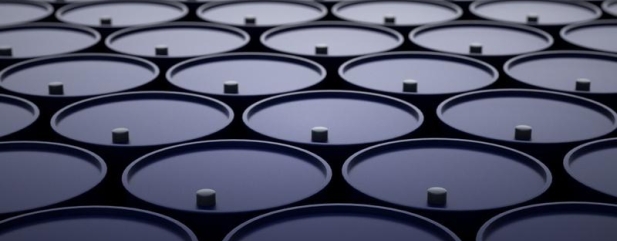Could rising oil prices derail interest rate cuts?

With geopolitical tensions rising, the price of Brent Crude could top $100 a barrel for the first time since Russia’s invasion of Ukraine in 2022 suggests former White House advisor Bob McNally in an interview with Bloomberg.
Brent Crude has rallied more than a quarter since December 2023 and almost touched $92 per barrel last Friday (5 April) raising fears of a commodity-led rebound in inflation.
The timing of this spike in prices could not be much worse for the US Fed following a much stronger than expected March jobs report (5 April) which saw the economy add 303,000 new jobs and unemployment fall back to 3.8%.
US 10-year bonds touched a new high for the year following the payroll data while market-derived odds of a July rate cut fell back towards 50%.
The strength in oil prices is more than just geopolitics. The underlying cause of oil’s renaissance has been a combination of supply-side shocks and Mexico’s recent move to cut crude exports to the US by a third.
That matters these days because the US has become the world’s largest oil producer. More barrels consumed domestically means fewer barrels available for the world market.
In total the US, Mexico, Qatar and Iraq have cut production by around one million barrels per day over the last month according to data tracked by Bloomberg.
On top of that, the UAE (United Arab Emirates) has seen the state oil company divert more supplies to its own refinery curbing shipments by as much as 41% compared with the average of 2023 say traders.
With Europe still engaged in rerouting tankers around Africa due to rebel attacks, which is delaying deliveries, the pinch in global oil supplies is having a real impact on prices at the margin.
The US EIA (Energy Information Administration) in now predicting global inventories will fall by around 900,000 barrels per day in the current quarter, which is a big downward revision to its previous forecast of unchanged inventories.
The shortfall, which is equivalent to the production from Oman, means stockpiles are forecast to decline for the first time since 2021. Meanwhile, US refiners are preparing to boost production ahead of the peak driving season with millions hitting the roads leading to a peak in gasoline consumption.
Higher gas prices at the pump will do Joe Biden few favours with voters ahead of November’s election, while for Fed chair Jay Powell higher oil prices muddy the inflation backdrop.
Higher input costs are not helpful when the manufacturing sector is back in expansion territory as shown by the latest ISM data.
Important information:
These articles are provided by Shares magazine which is published by AJ Bell Media, a part of AJ Bell. Shares is not written by AJ Bell.
Shares is provided for your general information and use and is not a personal recommendation to invest. It is not intended to be relied upon by you in making or not making any investment decisions. The investments referred to in these articles will not be suitable for all investors. If in doubt please seek appropriate independent financial advice.
Investors acting on the information in these articles do so at their own risk and AJ Bell Media and its staff do not accept liability for losses suffered by investors as a result of their investment decisions.
Issue contents
Feature
Great Ideas
News
- Britvic shareholders left feeling flat as stock price decline continues
- Shareholders in Pinewood Technologies set for bumper special payout
- Can Dunelm demonstrate there’s no place like home?
- Can Johnson & Johnson beat first quarter expectations again?
- Strong labour market continues to undermine case for Fed rate cuts
- UK finance officers are bullish which is good news for the economy
- Could rising oil prices derail interest rate cuts?
- What is Microsoft-backed Rubrik, the latest firm to IPO in the US?

 magazine
magazine








